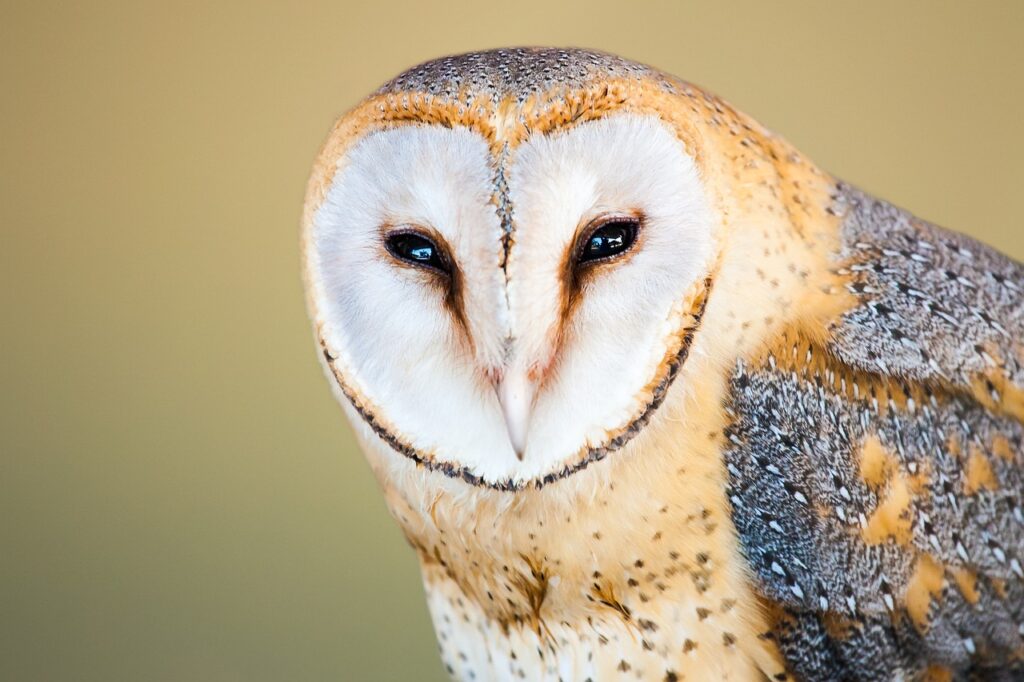Barn owls, scientifically known as Tyto alba, are fascinating creatures that belong to the family Tytonidae. They are widely distributed across the globe and are commonly found in temperate and tropical regions worldwide, except for the desert regions and some islands.

These birds of prey are easily recognizable by their heart-shaped facial disk and pale plumage. Their disk, which is made up of feathers, helps to collect sound and plays a significant role in their hunting behavior. Barn owls have keen hearing and exceptional night vision, which helps them to locate their prey easily in the darkness. Unlike other birds of prey, barn owls rely on their sense of hearing to hunt their prey instead of their visual acuity.
These nocturnal hunters prey on rodents, insects, amphibians, reptiles, and small mammals such as rabbits, shrews, and voles. They hunt silently and swoop down on their prey, muffled by their feathers, making it very difficult for their prey to detect them.
Barn owls are also important for keeping the populations of rodents under control. Their rodent diet makes them essential for agricultural systems as they help prevent damage to crops and reduce the use of pesticides.
In terms of conservation, barn owls are currently classified as a species of least concern by The International Union for Conservation of Nature (IUCN). However, the intense use of pesticides, habitat destruction, and changes to their ecological regions’ landscape, poses a risk to their survival.
Overall, barn owls are beautiful and fascinating animals. They play a vital role in our ecosystem, and we should do our best to protect them and their natural habitats.


Hi, this is a comment.
To get started with moderating, editing, and deleting comments, please visit the Comments screen in the dashboard.
Commenter avatars come from Gravatar.
Hi there,
This is a good article about the barn owl.